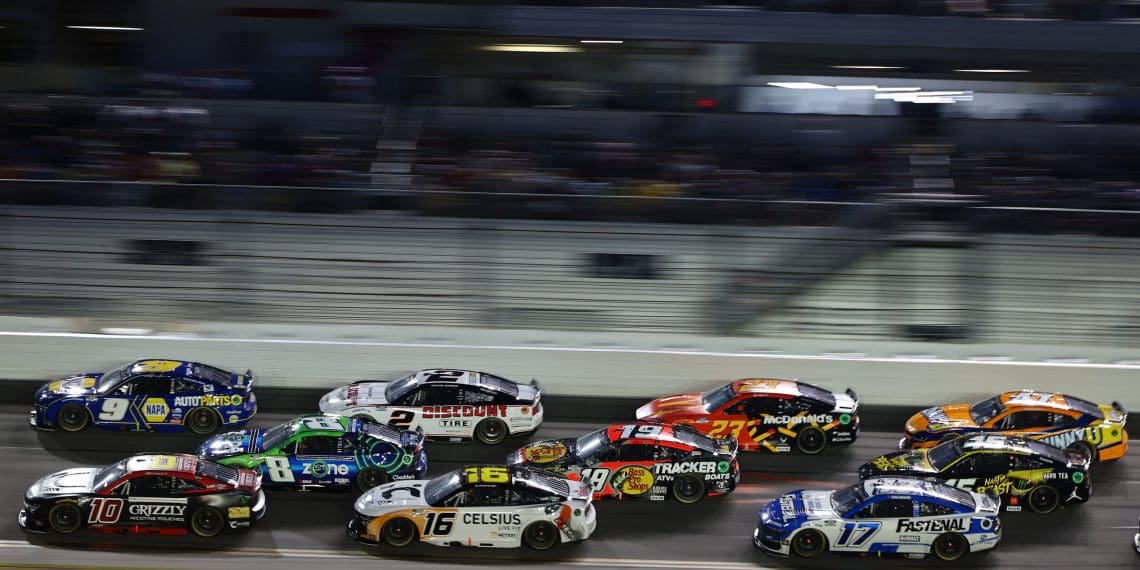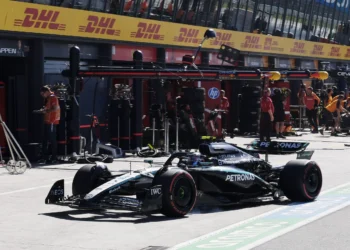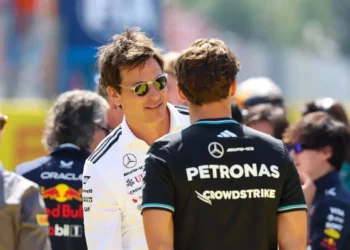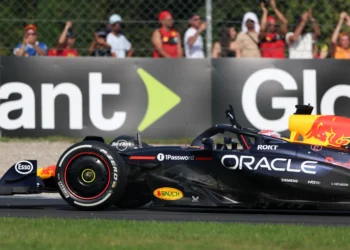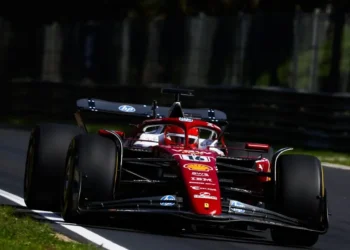The thunderous roars of Richard Petty’s Dodge Charger and Dale Earnhardt’s black No. 3 Monte Carlo defined the golden era of NASCAR, a time when the Original Equipment Manufacturers (OEMs) reigned supreme. NASCAR’s rich history is synonymous with the thrilling spectacle of Buddy Baker’s Dodge Charger smashing the 200 mph barrier and Ford’s Thunderbird, piloted by Bill Elliott, blitzing the tracks in 1985. Today, NASCAR is looking to recapture that magic, to revive the glory days of stock racing by introducing new manufacturers into the fray.
In an exciting development, NASCAR President Steve Phelps confirmed that a fourth manufacturer is on the brink of challenging Ford, Toyota, and Chevy’s supremacy. This comes after a strenuous effort since the conclusion of the 2024 season to bring more OEMs to the sport.
This move comes as part of a strategic revolution to globalize NASCAR. Phelps candidly stated, “We’re in some discussions. It’s a lot of work, right? There’s a lot of preparation needed even if we made an agreement today. Ideally, we’d introduce a fourth, maybe even a fifth manufacturer.”
The objective is twofold. Firstly, it promotes balance and injects fresh funding into teams that currently lack the financial support enjoyed by powerhouses like Hendrick and Gibbs. Secondly, it triggers a marketing surge, as the new entrants will advertise their brands, promote drivers, and in turn, pump dollars into the sport.
The lure for new OEMs is NASCAR’s ‘Win on Sunday, Sell on Monday’ model. The prospect of a more even playing field and the opportunity to compete in every race is an attractive proposition for them. This could usher in a fresh wave of entertainment, echoing the way F1 treats its manufacturers. While NASCAR doesn’t offer the same freedoms, fostering competitiveness remains central to the sport’s ethos. This is particularly crucial at a time when dwindling viewership has become a concerning issue. The addition of historic and new manufacturers could be the twist NASCAR needs to reengage its fan base.
The importance of adding a new manufacturer was underscored by last year’s Martinsville fiasco, where the Chevys and the Toyotas acted as mobile obstacles for their leading drivers. The ensuing chaos and penalties demonstrated the need for a more holistic solution beyond mere regulation. The addition of a new OEM could provide the necessary balance.
Speculation is rife about the identity of the fourth OEM, with Honda being the hot favorite. Ever since Dodge left the scene in 2012, Ford, Chevrolet, and Toyota have monopolized the scene. However, with Honda’s IndyCar deal potentially drawing to a close after 2026, NASCAR could be its next destination. Doug Yates, the engine maestro of Roush Yates Engines, added fuel to the fire by suggesting that we could see new OEMs in the Cup Series within 3 to 5 years.
The prospect of Honda’s prowess taking on the likes of Chastain’s Chevy or Suárez’s Toyota is an exciting one. Yates, who has been at the helm of Ford’s powerhouse since 2003, knows that the introduction of more OEMs means more chaos, cash, and competition. The anticipation is building, and though 3 to 5 years may seem like an eternity, the wheels are very much in motion. Will Honda be the new contender on the track? Only time will tell.

